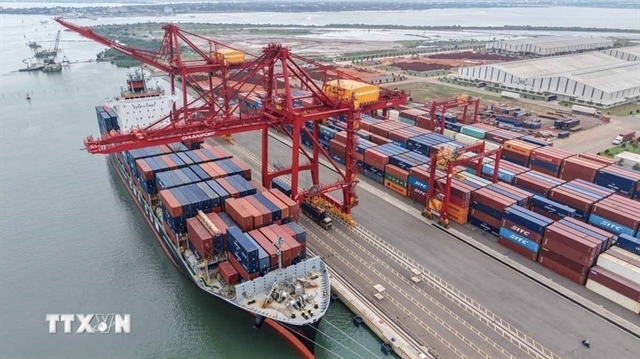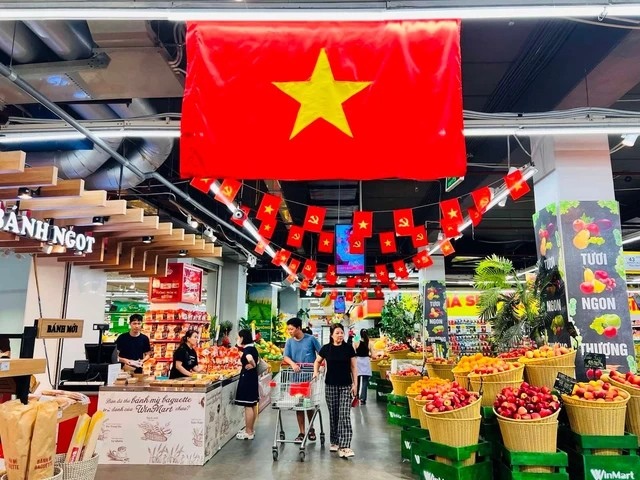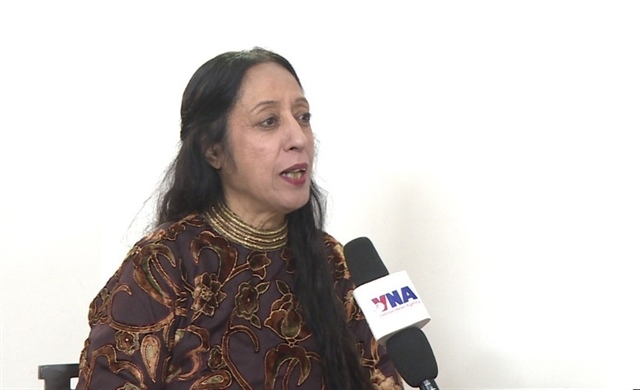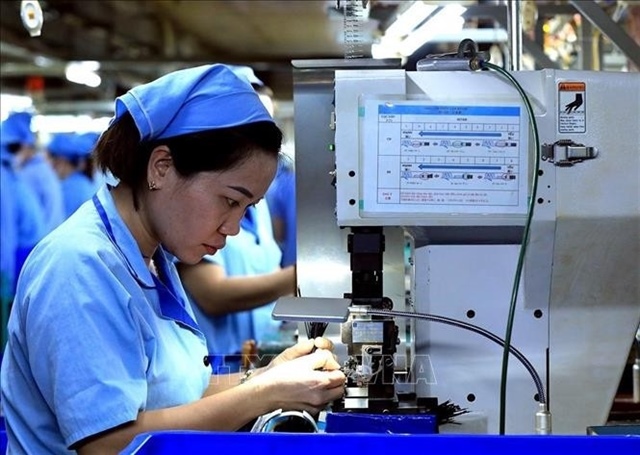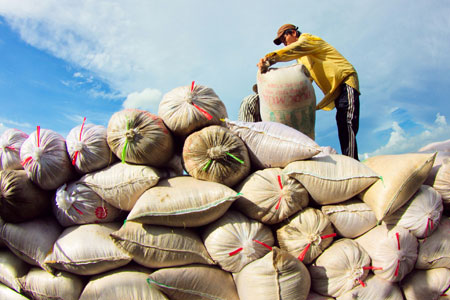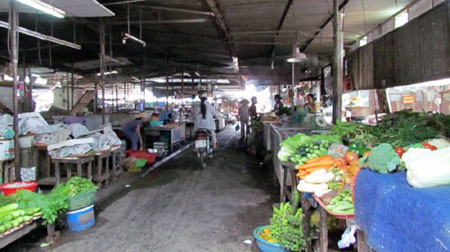Public investment touted as stimulus for growth
Public investment touted as stimulus for growth
Under great pressure to realize the economic growth target, the Government and localities are seeking ways to spur investment demand and unblock the capital flow. A measure tabled now is to bolster public investment.

At the regular Government meeting in the form of a live webcast on Thursday, Chairman Nguyen The Thao of Hanoi City highlighted the need to stimulate investment and consumption and ease credit to overcome difficulties and increase State budget revenue. Leaders of many other localities like Quang Nam and Dong Nai also asked for demand stimulus.
In response, Deputy Prime Minister Vu Van Ninh said several demand stimulus measures had been adopted by boosting public investment. These include the VND30-trillion credit package for the property market, tax payment extensions and interest rate cuts.
If the government bond package set for submission to the National Assembly (NA) in October was approved then, not until late this year would it be disbursed. Therefore, the Prime Minister has decided to advance VND50.1 trillion for site clearance serving expansion of national highways 1 and 14, said Ninh.
“The premise is available,” he stated. For the funds given to enterprises in advance, the Government will collect interest sums like banks do, he noted.
Prime Minister Nguyen Tan Dung urged relevant agencies and localities to speed up disbursements for the sake of economic growth.
“With all-out efforts, we can achieve our growth target,” he said and called for stronger disbursement of State budget funds and government bond funds to unfreeze the capital flow in the market.
Minister of Planning and Investment Bui Quang Vinh said that without drastic measures, GDP growth this year would be very low, only 5.1-5.15%, versus 5.5% as targeted by the NA.
GDP growth in the year’s first half is put at 4.9%. To obtain the target for the whole year, the growth rate in the second half must be 5.5-5.6%, which is very unlikely, he said.
However, the target may be reached by promoting production and business activities and removing difficulties for enterprises. What bothers Vinh is the slow implementation of Resolution 01 and Resolution 02 in certain sectors, worsening the economic stagnation.
The consumer price index (CPI) in the first six months has risen 2.4% against end-2012, the lowest level over the past ten years. This situation is ascribed to global price drops, slow consumption at home and intense competition with imports, especially from China.
The investment minister believed CPI would grow more significantly in the second half when production and business recovered, purchasing power got stronger and localities increased prices of public services and healthcare services.
Industrial production is improving. The index of industrial production (IIP) in the second quarter has picked up 6%, versus 4.5% in the first quarter.
Meanwhile, the inventory index of the processing industry is on the downward trend. As of June 1, the inventory index had risen 9.7% year-on-year, a sharp decline from 21.5% by January 1.
Mai Van Ninh, secretary of the party committee of Thanh Hoa Province, said although many solutions had been introduced, they had yet to come into practice. “I have no comment on monetary easing, but there must be practical measures to deal with financial distress and capital crunch through fiscal and public finance policies,” he suggested.
Minister of Construction Trinh Dinh Dung informed unsold property products currently totaled VND165 trillion.
He asked banks to accelerate disbursement of the VND30-trillion credit package for the low-cost housing segment and simplify procedures so that homebuyers could access loans more easily.
vietnamnet


